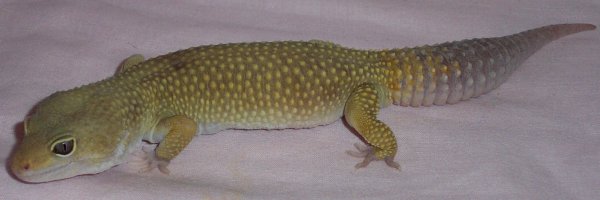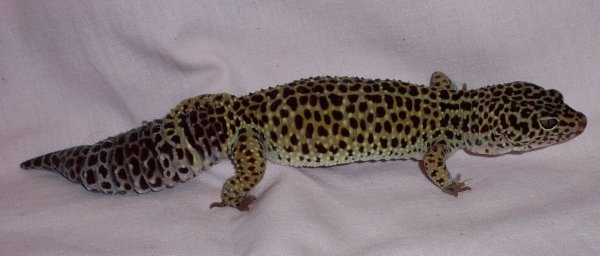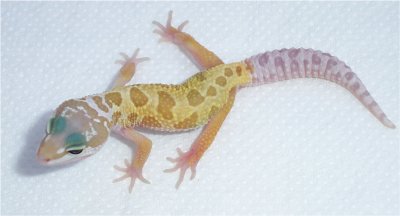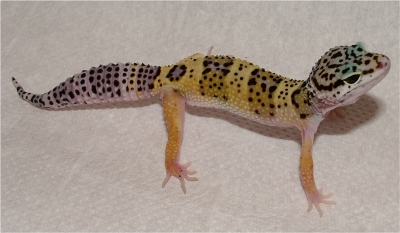Frequentily Asked Questions
Q. Can I mix different species in the same vivarium?
A. Mixing different species in one vivarium is something that in general should never be attempted.
It is something that can work, but I would not enourage anyone to try it. Only the most experienced keepers would have the knowledge to set up/maintain such a set up and be able to spot problems.. Obviously, the most important factor in its success is that the environmental requirements of the two (or more) species are the same (or can be catered for) and even then, mixing species is something that should be approached with extreme caution. Even if the environmental conditions are exactly the same for the particular species you'd like to keep together, there are many other things to consider (see list below). You'd also have to be 100% familiar with the normal behaviour of each species in order to spot any odd behaviour that may be due to sharing a tank. To be that familiar with the particular species you'd have to first keep them successfully (separately) first... On top of that, ALL new animals should be kept in quarantine initially, until you are sure of their health, so they'd need to be kept separately for a start anyway...
There are several very good reasons why mixing species should not be attempted:
- Territorial behaviour: Most, if not all, species are very territorial. Territorial behaviour is not always obvious and just because you don't witness any fighting does not mean that it does not occur. In addition to physical fighting, psychological bullying can occur- something that is even more difficult to spot. Unless you know your reptiles very well, it can be very difficult for even experienced keepers to pick up on symptoms of stress. I'm sure it must be horrendous for a reptile to live 24/7, captive in a tank, with another species that it is petrified of.
- Cannibalism: Many reptile species have a tendency to try to eat anything that is small enough to eat. Therefore you may find that the smaller animal gets serious injured, or eaten.
- Disease: Many reptiles carry their own "bugs" (bacteria/parasites) that may be beneficial to them, and at the least cause them no harm... However, those same "bugs" if transferred to another species, may cause illness and death. Obviously mixing species together in the same tank, greatly increases the chances of this type of transfer of disease. An example of this might be: bearded dragons, it is considered normal for them to carry coccidian parasites. These coccidia are a normal part of their gut flora and are even thought to be beneficial, perhaps aiding in digestion.. However, those same coccidia transferred to another species (such as a leopard gecko) would cause health problems, and may even prove fatal.
It is definitely not something I would ever try myself, in my opinion it would never be worth the risk. It is much simpler and safer not to mix different species. I would recommend that if you want to have another species that you buy another set up.
Q. What does het mean?
A. het is short for heterozygous, which basically means "different genes".
Recessive genetic morphs, such as patternless, are determined by two genes.. that is: if the leo has a matching pair of genes for patternless (it will look like an patternless) and be known as homozygous (= same genes) for patternless.
If, on the other hand, the leo has 1 gene for normal and 1 gene for patternless in that pair, it will look normal and be known as a het for patternless...
To explain in pictures..
This is Star- he is homozygous for patternless (or just patternless)- that is, he has a matching pair of patternless genes.
This is Pebbles- she is heterozygous for patternless (or het patternless)- that is, she has 1 normal gene and 1 patternless gene in that pair. The patternless gene is recessive, which means she looks normal.
When mated together, they each pass on 1 gene to the baby... so, Star will always pass on a patternless gene.... Bramble can pass on either a patternless gene or a normal gene... This means that (statistically):
50% of the babies will get 1 patternless gene from Star and 1 patternless gene from Bramble.. they will be homozygous for patternless and look like this (i.e. the same as Star when he was a baby):
50% of the babies will get 1 patternless gene from Star and 1 normal gene from Bramble... they will be heterozygous for patternless and look like this (i.e. the same as Bramble when she was a baby):




